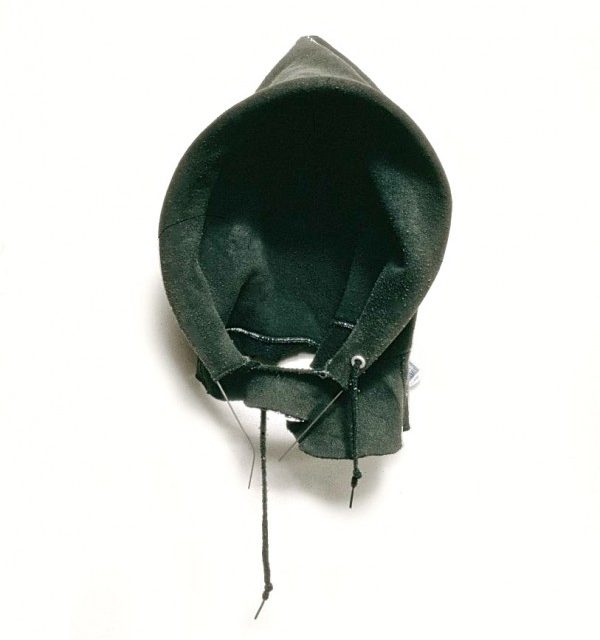Ecstatic and Ekphrastic: A Celebration of Rene Magritte’s “The Banquet”
Goals I aim to compose my own ekphrastic poem in response to Rene Magritte’s painting, “The Banquet.” My critical inquiry will explore poetic precedents that ekphrastically exult works of art, noting their strategies and modes of description. Central Question I am interested in how these celebratory word/image unions can draw the essence of the image out of its corporeal form by invoking it mentally through language—both imagined and re-imagined in an… Read More
Remixing Blake
Driving Question: For my hybrid project, I want to explore works in Songs of Innocence and Experience by William Blake. Blake’s illuminated plates often add an additional layer of complexity and detail to his poems. Is there a way to alter the text of Blake’s poems to reflect the more complex interpretation put forth by the image? Precedents W.J.T. Mitchell explores similar ideas of word and image interaction. In Mitchell’s essay,… Read More
“I liked the book better than the movie” : Ekphrasis Poetry and the Rewritten, 21st Century Text
“I liked the book better than the movie.” This is an oft-repeated phrase uttered by moviegoers after viewing a film adaptation of their beloved books and stories. For example, fans of the book series Game of Thrones urge that the books are better than the popular HBO series, and complain on how the show creators would change, omit, or modify material from the original, written source text. The reason I illustrate… Read More
Proposal: How do titles affect the way we read art?
To help visualize my proposal, I sketched it out: Thinking about the definitions of word and image relationships, I believe that artwork and their corresponding titles could fall under many if not all of the categories: supplementation, contradiction, explanation, etc. In this hybrid project, I hope to study artwork titles because I want to see how titles affect the way we see and understand art. A title can clarify an abstract concept and confirm or… Read More
Let’s Protest Some Stuff
Research Portion Goals: Define protest art, looking at different examples from multiple artists Explore its limits: how far can it go? what forms can it take? Look at the different ways protest art has or has not been effective in the past Highlight the difference between protest art and protesting: how and why are they different? what does the presence of art do to a protest? how does it take away or add to the… Read More
The Artist Under the Hood

In class we discussed the provocative and disturbing sculpture on the cover of Claudia Rankine’s Citizen. In Citizen Rankine creates a sense of disconnect between white readers and the stories she tells with authoritative use the second person. Hammons, like Rankine, creates a similar disconnect in his artwork. In his latest exhibition, “David Hammons: Five Decades,” disconnection and incongruity are everywhere. Hammons is very particular about his exhibitions; everything has a place… Read More
Line by Line- New Criticism and Word Art

In the Citizen Hack assignment, many of us found unique ways to do close reading and annotations of Claudia Rankine’s Citizen. Some of us used traditional annotation methods while others incorporated quotes and excerpts from other sources, created erasure poems with the text, framed the text with images of our own, or super imposed our own words on top of Rankine’s. As it turns out, we aren’t the only ones using word… Read More
Citizen Hack: Pages 3-8
I was given the very first section of Citizen to use, which – in terms of an annotated “hack” for future audiences – presented me with a virtual blank slate to work with. While there was a reference to Rankine’s childhood school in New York and a painting by Michael David Murphy titled “Jim Crow Road,” there weren’t many other major references to annotate or explain, so I was given a massive… Read More
Citizen Hack: Page 163 to Back Cover
This final section includes a list of “Images,” “Works Referenced,” acknowledgements, and a quick author bio. In sum, it cites the contemporary sources (monetary, digital, and otherwise) that helped Rankine create this work. As this is a Word-Art class, I decided to focus on her 4-page inventory of the images that she peppers throughout the text. I was essentially charged with annotating Rankine’s annotations. The contemporary cultural references had been factually explained to… Read More